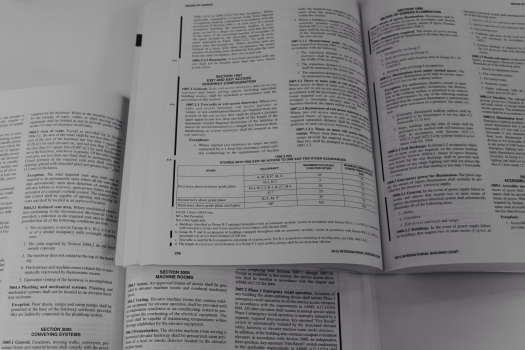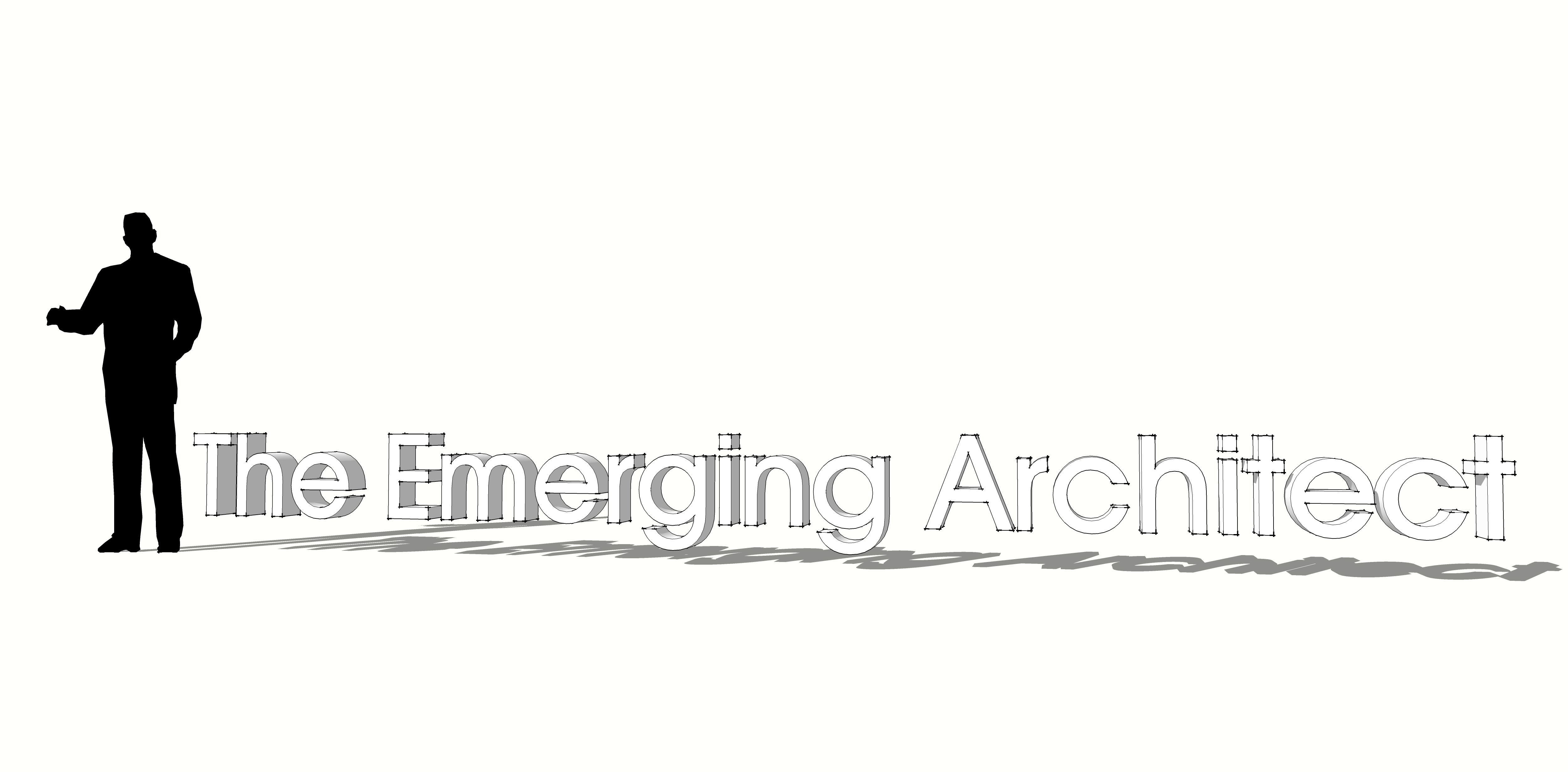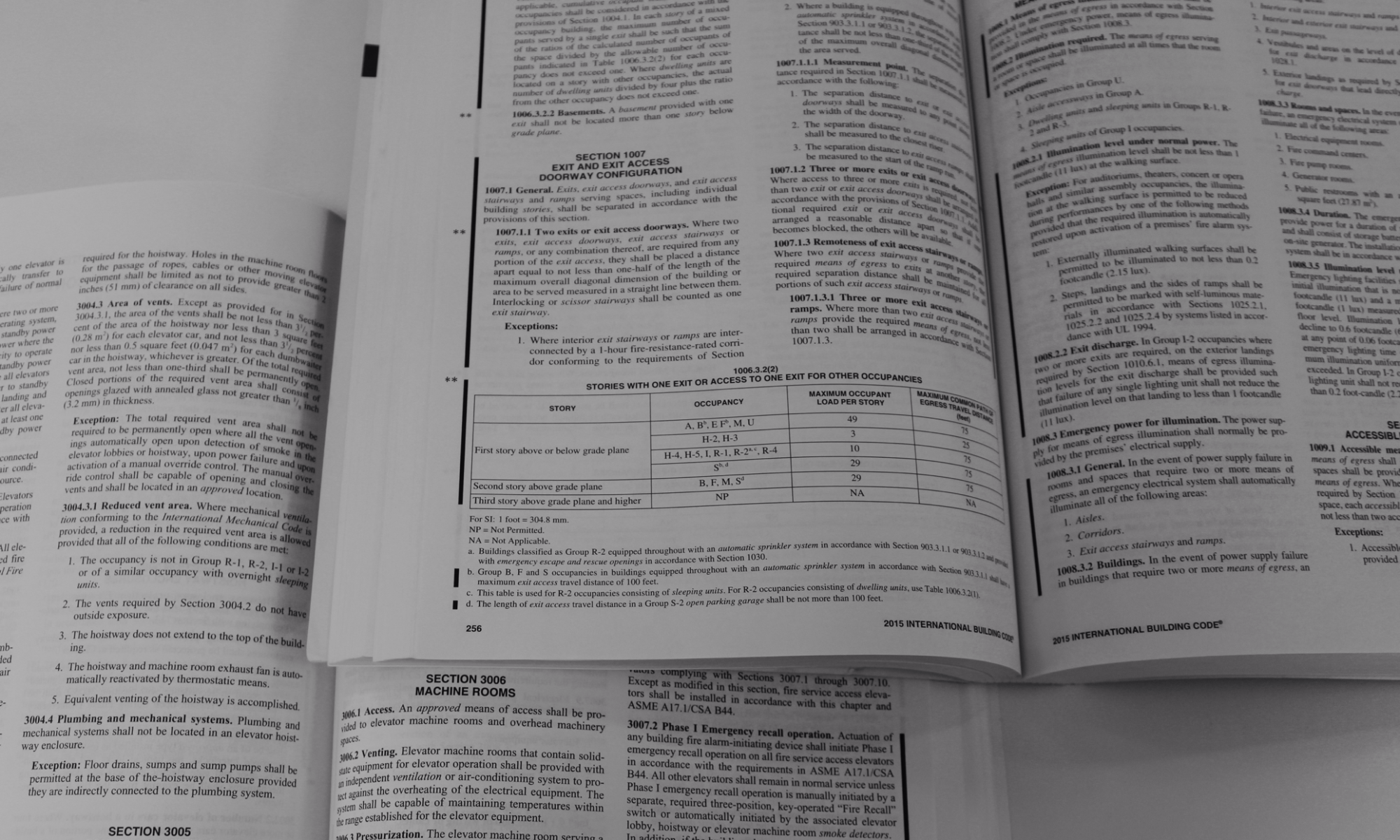If you’ve ever seen architects represented in a movie or on television ther are probably a couple of things that automatically come to mind. A room full drafting tables and t-squares is probably at the top of the list. Truth is, I don’t think I’ve even touched one of those since I left school. A long, long time ago. Nowadays I have a very different set of toys that I use on a daily basis. But as the years go by, I am realizing there seems to be one that actually trumps them all.
#ArchiTalks is a monthly series of blog posts by architects from very different backgrounds and experiences all coming together to write about a specific topic. This months subject is “tool”.
I’ll admit, the first time I read what this months subject was I thought about it as an adjective, not a noun. That lasted all of a couple seconds and then I started to think about all of the different things I use through the course of a project. Pens, pencils, markers, scales, trace paper, code books, photographs, computers, Sketchup, AutoCAD, Revit; this list could go on for quite a while. But what is that one thing that I need for every project, what is the one that without the project would just fail? Well “fail” might be a little dramatic, but hey, whatever. So it’s actually an interesting story of how I came to think of this one thing I think every architect would say is the most vital tool they use throughout their entire career. Well that’s quite a bold statement, but I’m willing to stand behind it.



Only a few months into my career, my boss used to give all of us freshly graduated interns little nuggets of wisdom he had picked up over the years. Two that have really stuck with me are “We don’t get paid by the sheet.” and “We are the pervayor of information.” To someone so fresh out of school, I probably looked at him the time and said something like “Yeah, OK….” not having a clue what he meant. As time has gone by, the first one has become abundantly clear, if it takes more or less pages in a set of documents to make sure the information we are trying to get across does, than so be it. The second one I thought I was clear on, up until I was working on my last project.
We just finished our office expansion, and we had a pretty tight set of documents that had gone through multiple people in our office to make sure we covered everything we wanted in our newly expanded space. We had met with our contractor and they really didn’t have any big questions for us, amazing when you think about it. They were going to expand the office of an architect and didn’t have questions about every little detail, knowing that every single detail would be studied and scrutinized to the Nth degree. Wow! Anyways, during construction, we had a detail for a reveal above a dry-erase wall we were putting in. It was a specific detail I had worked on, so I knew it was in the drawings, but when it came to putting in the wall, somehow it didn’t make it there. One day the sub was in our office and I mentioned it to him, and the response I got was something like, “Oh yeah, we’re going to do that next.” A couple days go by and it still didn’t show up. I talked to him again one day, along with our general contractor, and said they had missed the detail on sheet yada yada. In case you are wondering that is an official sheet in almost every architects set. Again, a couple of days, weeks, whatever go by, and still no reveal. Ok, now what? I decided I needed to print out the specific detail and hand it to them, so they knew exactly what to do. I even went back and modified the line weights in the drawing to give more emphasis on the exact items he was installing. I’ll let you guess here as to whether or not I had a reveal after that exchange. Ok, long enough.., No, I had no reveal. So what was it going to take to get my reveal in the place I had wanted this whole time. It got suggested to me to print out the detail full size, and place it in the exact spot where it needed to go, at this point, why not? It was a drawing that they were going to have to look at because it would be in their way to finish their work. I was there the day they went up to that wall again, and you could here the expressions of “Oh, that’s what they want!” As they ran across what I had done. I’m not really sure why it took that type of action on my part for everyone to understand exactly what we wanted in that location, but it got the information across, and now I have a finished reveal exactly where we wanted it.

It took an unorthodox approach to get the information into the hands, maybe minds, of the people that needed it, but in the end we were able to communicate successfully and everyone was happy. Now maybe this isn’t exactly what my old boss was trying one to get across to me, but it sure seems to have come together nicely in my world. In the end, it doesn’t matter if I use a computer drawing (or two, three, four, etc.), a beautiful hand sketch, or a scaled model; what really matters is that we communicate our ideas in the most effective way to the people that need that information. Ahhh yes, communication. It really is the tool that can make or break a project. I’ve worked on quite a few projects in my time, and I can tell you one thing for certain; the projects where every team member from concept to completion communicated effectively always had a better outcome than those where the team didn’t.

So what about all those other tools that we use on a daily basis? I’ve really started looking at those as more of the medium in which we express our most critical tool. Is one way better than another? Well, I can tell you that I have my favorites, but in the end the best ones are the ones that communicate your idea the best, whether it be a model, sketch, drawing, or something completely new. Don’t believe me? I think there is a reason why this group that has such a diverse range of thinking and ideas are using a common platform to tell the story of what it is like to be an architect. It is a great communication tool.
So what do all the other #ArchiTalks crew members think is the most effective tool in the architects toolbox? Click below to find out.
Bob Borson – Life of An Architect (@bobborson)
http://www.lifeofanarchitect.com/the-tools-of-an-architect/
Marica McKeel – Studio MM (@ArchitectMM)
3 Tools to Get Our Clients Engaged and Involved
Jeff Echols – Architect Of The Internet (@Jeff_Echols)
The Best Tool In Your Toolbox
Lee Calisti, AIA – Think Architect (@LeeCalisti)
tool
Lora Teagarden – L² Design, LLC (@L2DesignLLC)
The Tools That Help Make #AREsketches
Jeremiah Russell, AIA – ROGUE Architecture (@rogue_architect)
tools #architalks
Jes Stafford – MODwelling (@modarchitect)
One Essential Tool
Eric T. Faulkner – Rock Talk (@wishingrockhome)
Architools – Mind Over Matter
Michele Grace Hottel – Michele Grace Hottel, Architect (@mghottel)
#ArchiTalks 17 “Tool”
Meghana Joshi – IRA Consultants, LLC (@MeghanaIRA)
Tools of an Architect #Architalks 17
Michael LaValley – Evolving Architect (@archivalley)
Why An Architect’s Voice Is Their Most Important Tool
Eric Wittman – intern[life] (@rico_w)
it’s ok, i have a [pen]
Brinn Miracle – Architangent (@simplybrinn)
Synergy: The Value of Architects
Emily Grandstaff-Rice – Emily Grandstaff-Rice FAIA (@egrfaia)
Tools for Learning
Jarod Hall – di’velept (@divelept)
Something Old and Something New
Greg Croft – Sage Leaf Group (@croft_gregory)
Tools…
Jeffrey A Pelletier – Board & Vellum (@boardandvellum)
Helpful tools found within an Architecture blog
Aaron Bowman – Product & Process (@PP_Podcast)
Sharpen Your Tools
Kyu Young Kim – Palo Alto Design Studio (@sokokyu)
Super Tool
Jared W. Smith – Architect OWL (@ArchitectOWL)
Construction: An Architect’s Learning Tool
Keith Palma – Architect’s Trace (@cogitatedesign)
(CTRL A) (Command-A)- Edit




Brian, I like the sort of ‘slow burn’ format you have in the post. Leading with the story first before the official reveal of the ‘tool,’ was a great writing technique to tie everything together. I agree that ‘communication’ is definitely one of the most important tools an Architect has!
LikeLiked by 1 person
Thanks Michael, I was definitely struggling with keeping myself from using the word “communication” before that.
LikeLike
Great post! I had an experience on a project where the detail was on a page the drywall contractor never received. It was a ceiling detail I placed on the interior elevation sheet. Probably not the best place to place it, but they did fix it.
LikeLiked by 1 person
I have found that drawings alone is almost never sufficient to communicate intent to a contractor. They often times take it upon themselves to change details to fit what they know or what will make the job easier for them. I often times wonder if they even look at the drawings before they bid a project. Regardless, i have come to the realization that they will more often than not not have any questions and just decide to do it their own way. So i am working on trying to figure out how to best communicate the design intent to the contractor. Probably by walking them through the entire set of drawings and pointing every little thing out to them. Seems tedious, time consuming, and redundant. But may save some headache later on.
LikeLiked by 1 person